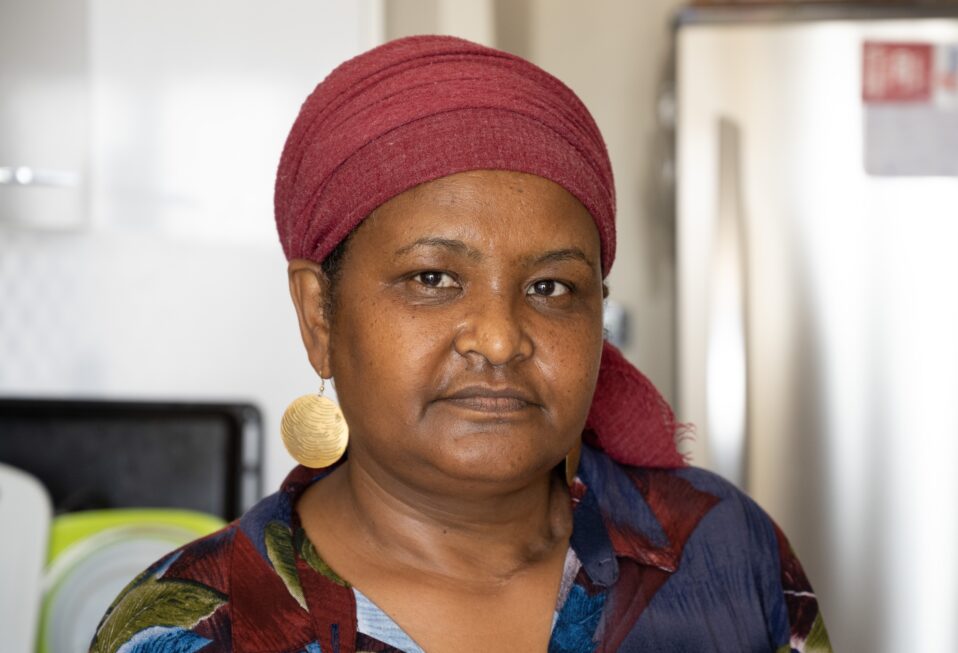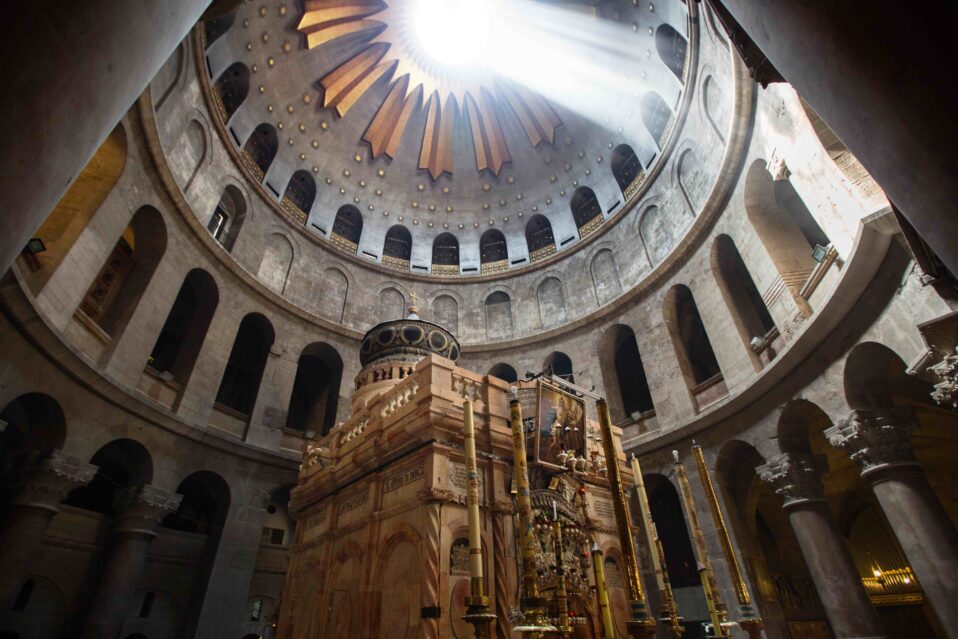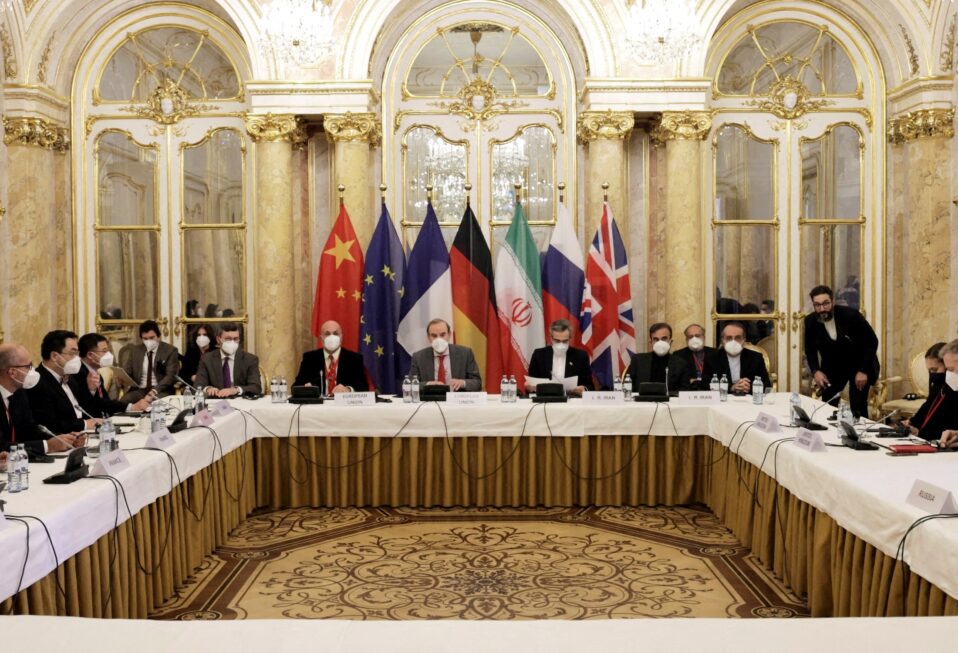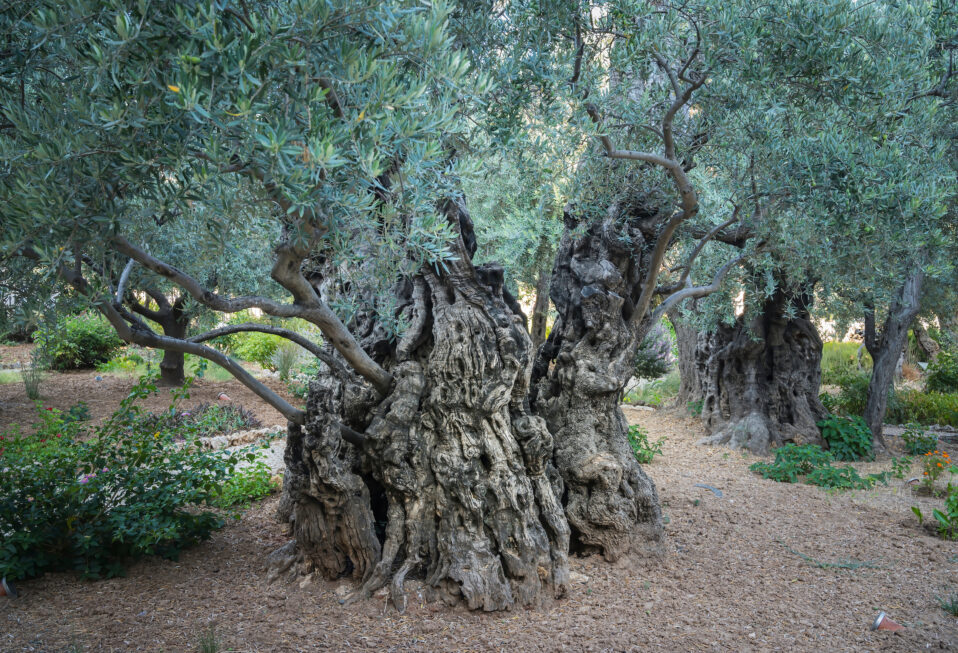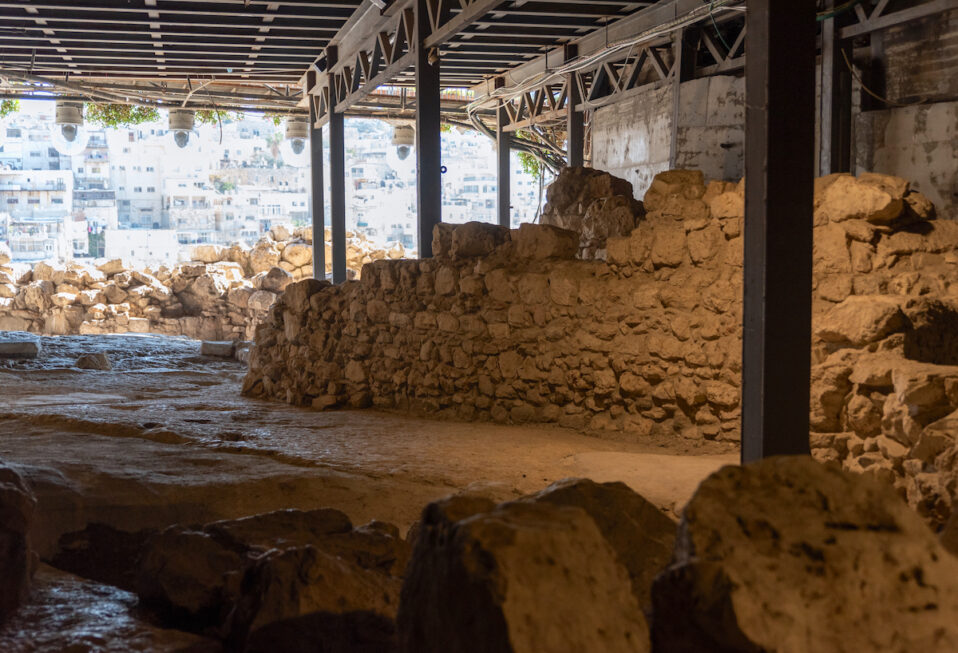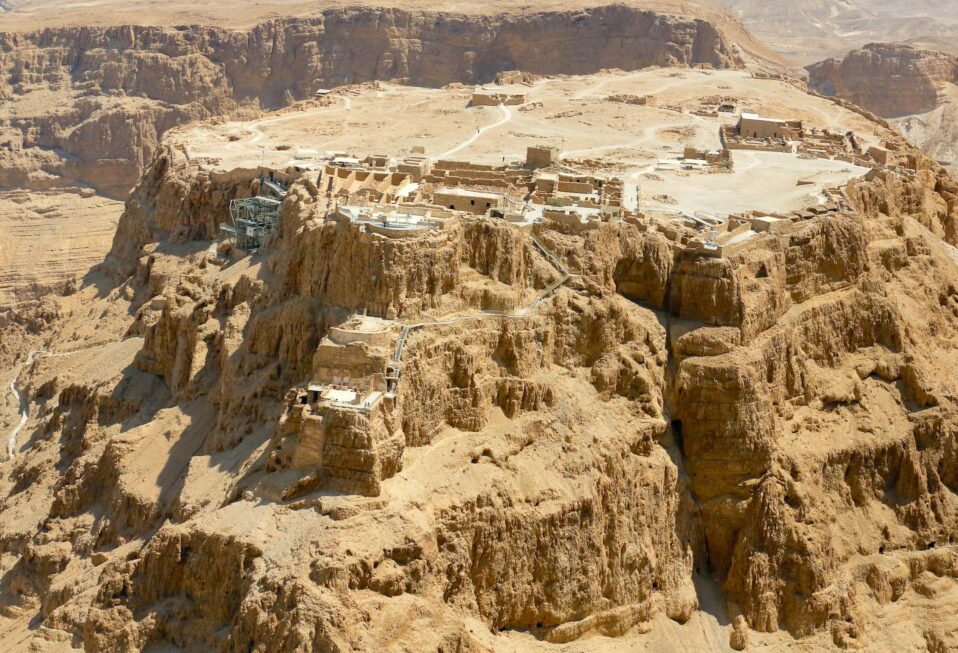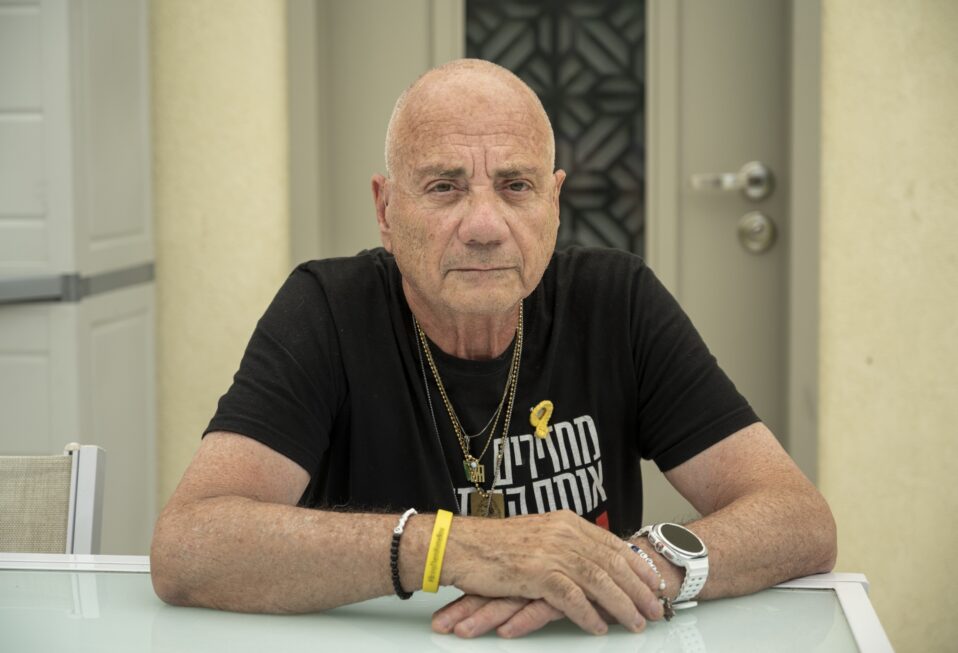By Arlene Bridges Samuels
Palm Sunday and Resurrection Day are fast approaching. For Christians, our Holy Week is the most momentous time of the year and the Holy Land is the most sacred place—because it is the land of our Jewish Savior’s birth, where He taught, healed, died, and was gloriously resurrected. The Bible’s 66 books, from Genesis to Revelation, are a spiritual guidebook for life. Its Old and New Testament pages prepare us to relive the most profound moments in history in the days ahead. The Bible is also a popular textbook of world history and geography, with an estimated 6 billion copies already in print. In 1995, The Guinness Book of Records noted that the Bible is the best-selling book of all time.
Yet despite such amazing credentials, some dismiss it or ignore its reliability.
What is truly surprising is when that reliability is questioned by such an organization as The World Heritage Committee (WHC), which is part of the United Nations Educational, Scientific and Cultural Organization (UNESCO). The WHC is responsible for researching, visiting, and then designating World Heritage Sites—“places on Earth that are of outstanding universal value to humanity,” according to its website, such as Machu Picchu. The Great Wall of China. Yosemite National Park. However, their experts deserve a failing grade when it comes to Jerusalem, Israel’s 3,000-year-old capital and the location of Judaism’s most important holy sites. The WHC’s efforts—to erase the unquestionably ancient Jewish heritage from the world’s only Jewish state—are hard to understand amid Israel’s intensifying archaeological discoveries. The unearthed findings keep popping up, adding to the already remarkable body of indisputable evidence.
Regarding Israel, such bias is a damaging mark on the World Heritage Committee in light of its otherwise-successful focus: providing quality basic education for children, youth and adults and preserving cultural heritages worldwide. Their purpose is valuable and affirms an impressive list of achievements, including a total of 1,154 properties around the globe.
In 2016, however, the decisions that UNESCO’s World Heritage Committee made were astonishing in their biases when measured against Jerusalem’s antiquity. Its 21 members, prodded by several Arab countries, attempted to “rectify” what they considered a wrong in their “Occupied Palestine” report. Thus, the committee majority voted to rename Israel’s 3,000-year-old holiest prayer site, the Western Wall, with a Muslim moniker: Al-Buraq Plaza. Muslims say that Buraq was a celestial creature belonging to their Prophet Muhammad on his “night ride” from Mecca to Jerusalem and back. The resolution about the wall (also called the Wailing Wall by Christians and the Hebrew Kotel by Jews went on to say that the 32-acre Temple Mount should be referred to as Haram al-Sharif. Indeed, these decisions declared that only Islamic names were acceptable.
It is a worthy footnote to the 1967 Six-Day War that, when the Israelis reunited their capital Jerusalem, they nevertheless allowed the Jordanian Foundation (the Wakf) to remain as the administrative body on the Temple Mount with Israeli police as security. An example in plain sight, but ignored by the WHC, is Israel’s commitment to honor religious freedom by protecting the observances of the three monotheistic religions, Judaism, Christianity, and Islam.
In response to the 2016 resolution, Israeli leaders, major American Jewish organizations, and the International Christian Embassy Jerusalem (ICEJ) weighed in on the attempted erasure of Israel’s ancient history. Dr. Jürgen Bühler, ICEJ’s president, expressed the sentiments shared by 600 million evangelicals worldwide: “We are utterly dismayed that UNESCO has adopted once again a scandalous resolution denying any Jewish connection to the holy sites in Jerusalem and the Land of Israel, including the Temple Mount. The resolution omits the traditional, biblical names of sacred Jewish sites, calling them by alternative Muslim names only.” Dr. Bühler concluded, “This is tantamount to rewriting history and stripping these sites of their 4,000 years of Jewish and 2,000 years of Christian connection. We, as Christians, are deeply concerned that the wording accepted by an international body intends to eradicate any Jewish and Christian bonds to these holy places.”
Nir Barkat, Jerusalem’s mayor at the time, likewise voiced anger. “Would UNESCO vote to deny … the Muslim connection to Mecca? The UNESCO vote claims that there is no connection between the Jewish people and the Western Wall. In fact, it is the UNESCO vote that has no connection to reality.”
The fundamental facts remain. Whatever the opinion of UNESCO, Palestinians, Iran, or any legislature or government in the world, the Bible towers in truth above every human opinion.
Looking at only four of my personal archaeological favorites in Jerusalem, I find it incomprehensible that UNESCO and others choose to ignore facts. Not only are they written in the Bible under the impartation of the Holy Spirit, but to dismiss embedded evidence—since archaeological discoveries can be seen and touched—does not make sense. Like every believer, I am compelled by my faith to touch and pray at the Western Wall. That Rabbi Jesus touched the Wall and walked up the southern steps to the Second Temple holds deep, precious meaning. Often, when in Israel, I’ve made a habit of walking to the Western Wall around midnight. I rest my forehead against the Wall, place my hands there, and breathe in the quiet holiness that surrounds me.
Walking on Jerusalem’s Pilgrimage Road is another breathtaking touchpoint. In 2019, a guide gave a friend and me a VIP tour, where we literally walked in the footsteps of Jesus and His disciples who attended Judaism’s three major feasts. Each year, they walked the same stone street—about one-third of a mile long and 26 feet wide—up to the Temple Mount with thousands and thousands of others. It was easy for me to imagine pilgrims singing the 15 Songs of Ascent, Psalms 120–134, as they walked. Each psalm is called the Hebrew word maʿalot, which means “going up.”
On the same day, I chose to wade through Hezekiah’s Tunnel filled with knee-high water. To say it was one of the adventures of my lifetime is an understatement! It is an engineering wonder, where ancient workers began on opposite ends of the mountain adjacent to the City of David and connected the 1,750-foot-long tunnel. Halfway through the dark tunnel, I read the notation showing the actual connection point, thanks to my mobile phone flashlight.
2 Chronicles 32:30 describes Hezekiah’s plan to protect their water source, since the dreaded Assyrian army was marching toward Jerusalem in the eighth century B.C.E. “This same Hezekiah also stopped the water outlet of Upper Gihon, and brought the water by tunnel to the west side of the City of David. Hezekiah prospered in all his works” (NKJV).
And yet another piece of evidence is written in stone! In 2018, workers excavating near the International Convention Center in Jerusalem found a limestone column, two-and-a-half feet high and one-and-a-half feet in diameter. The workers immediately summoned the Israel Antiquities Authority, which examined the words etched in stone: “Hanania son of Dudolos from Jerusalem.” The sensational fact is that the city name “Jerusalem” is spelled in Hebrew Yerushalayim—exactly as it is spelled today. The column is 2,000 years old. I saw the glass-encased column on display at the Israel Museum, where it is now housed. I am left to wonder if UNESCO’s World Heritage Committee consulted the Bible—which mentions the name Jerusalem 660 times.
The great preacher Charles Spurgeon (1834-1892) once said, “The Bible is like a lion. You don’t have to defend it. You just have to let it loose.” As we approach Holy Week, let us take Spurgeon’s counsel to “let it loose” in our lives to celebrate Resurrection Day in a more resolute, profound way amid the chaos in our world and share it with others who need hope.
Join us at CBN Israel in prayers this week for Israel and the Middle East:
- Pray for archaeologists and volunteers to uncover more ancient artifacts.
- Pray that Holy Week 2022 will reap a harvest of new believers.
- Pray for peace on the Temple Mount, where tempers can quickly ignite.
- Pray for the even stronger ties between Egypt, Jordan, Israel, and members of the Abraham Accords.
Arlene Bridges Samuels pioneered Christian outreach for the American Israel Public Affairs Committee (AIPAC). After she served nine years on AIPAC’s staff, International Christian Embassy Jerusalem USA engaged her as Outreach Director part-time for their project, American Christian Leaders for Israel. Arlene is an author at The Blogs-Times of Israel and has traveled to Israel since 1990. She co-edited The Auschwitz Album Revisited and is a volunteer on the board of Violins of Hope South Carolina. Arlene has attended Israel’s Government Press Office Christian Media Summit three times and hosts her devotionals, The Eclectic Evangelical, on her website at ArleneBridgesSamuels.com.


